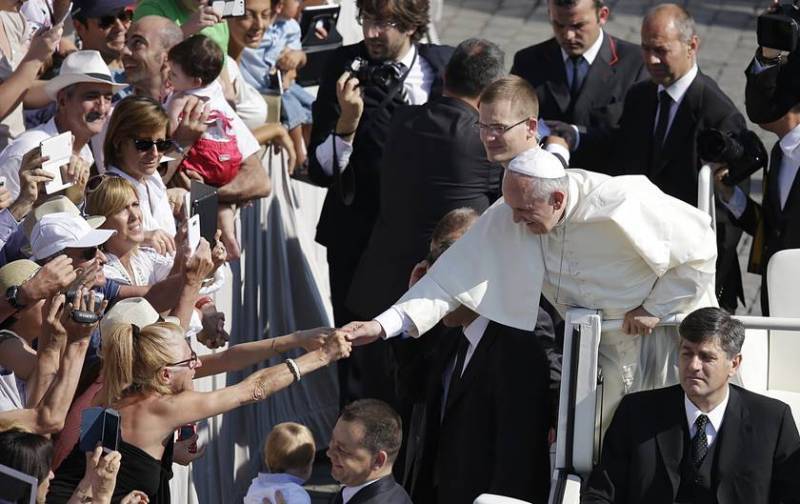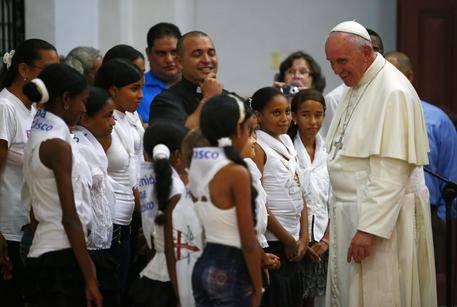The U.S.A.: A first for Pope Francis
All recent popes had visited the United States before being elected to the papacy, but for Pope Francis this is his first ever visit. Like all his foreign excursions, it is somewhat rushed – there will be no time for lingering, for his schedule is densely packed with appointments. It is also limited to the East Coast, and, at a scant six days, relatively brief.
One of its crucial moments is his address to a joint session of Congress Thursday, when he is
expected to include praise for the integration in the U.S. of migrants in a genuinely multicultural world. This will appear in sharp contrast to the present disoriented attempts in Europe to manage the hordes of migrants arriving from wartorn Syria, Irak, Eritrea and East and West Africa.
Fresh from his visit to Cuba, in addressing the Republican-dominated Congress, Pope Francis will also have to calibrate carefully his words about ending the U.S. trade embargo on Cuba. Not least, he is expected to try to correct the popular perception in America of his criticism of the capitalist system, made during his South American tour last summer. At that time he denounced the “unfettered pursuit of money,” which he dismissed as the “dung of the Devil.”
Although he is the first pope to come from the Americas, the whole of his previous life reflects his birth in Argentina and career within the Latino Church. A question asked here in Rome is whether he was intentionally avoiding a visit to the United States.
Nevertheless, the U.S. contains a microcosm of his the world which he knows best, with a Catholic Church whose membership is becoming increasingly Latino, but whose hierarchy in the U.S. remains anchored in historic past migrations of Irish, Poles, German and other European Catholic descendants. Only 10% of U.S. Catholic bishops are of Latino extraction, and fewer than 10% of its priests. But Pope Francis is using his U.S. visit to Washington, New York and Philadelphia above all to embrace a broader context.
For him, to address both Houses of Congress in a joint session and world leaders gathered at the United Nations in New York is a unique opportunity. His larger goal is to add his personal plea for action to combat climate change; to clarify the church’s teaching on social and economic issues; and, in Philadelphia on the occasion of the meeting of world families, to prepare world Catholic opinion for the forthcoming make-or-break Synod session on the family, which opens immediately upon his return to Rome.
At the end of this Synod, Pope Francis will have to decide whether to change Church teaching on the admission of divorced couples to Communion. This is a question which has become of deafening importance for many Catholics in Europe and America, who find themselves in situations considered by the Church to be irregular.
Interspersed with the big set pieces of the visit -- his meeting with President Obama, his addresses to Congress and to the United Nations and the canonization of California’s first saint at the national shrine in Washington, Father Junipero Serra – are a series of visits to the poor and the marginalized, always the central focus of Pope Francis’s ministry. Among these are a visit to a correctional center in Philadelphia, and to a school in Harlem.
During his visit he will be riding triumphantly on popularity figures unequalled by any American politician or any other world politician, as polls show. He will be assured of a huge audience waiting expectantly to catch even the smallest glimpse of him. But there are also cohorts of discouraged Catholics who have been shocked by the sexual abuse scandals and the inability of the Vatican to discipline bishops who have been recycling priests who molest children. Others disagree entirely with the Church positions on birth control and on gay relationships.



































i-Italy
Facebook
Google+
This work may not be reproduced, in whole or in part, without prior written permission.
Questo lavoro non può essere riprodotto, in tutto o in parte, senza permesso scritto.